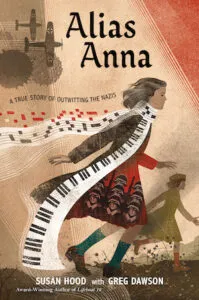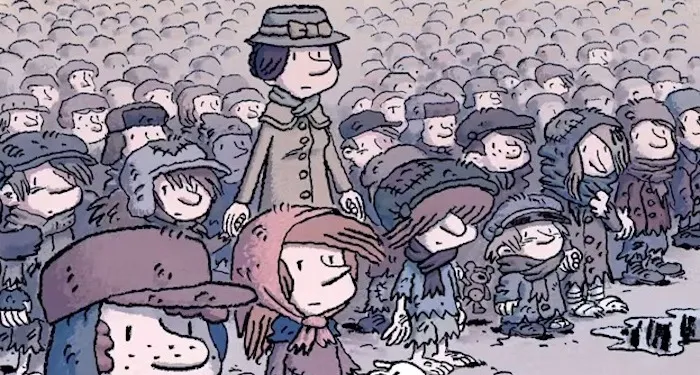
Middle Grade Books About Escaping Nazis
A few weeks before my visit to Anne Frank’s House, in Amsterdam, I decided to learn more about Anne and about the Holocaust. Along with several other books, I picked up the diary, and I watched documentaries about her life and that of those hidden in the house at Westermarkt 20. Reading this book as an adult who had researched and learned more about the Holocaust was a punch in the gut.
I had forgotten that the book ends without warning, but of course it does. One page you’re reading Anne’s diary, her thoughts and daily life, the next you turn that page and — I wasn’t keeping note of the dates — there is simply a small text saying “The diary of Anne Frank ends here.” Although you already know the ending is terrible, and it was coming, it feels surreal.
And yet, even with documentaries and rereading her diary, nothing had prepared me for what I encountered at the end of the museum’s tour.
There’s a book. A big, heavy book, filled with names of the people who died in Bergen-Belsen, the same camp Anne and her sister did. A long list of names, of people we know nothing about. People about whom, unlike Anne, we talk in the plural, with the vague mention we make of any other Holocaust victims whose names are not as known. That was the biggest blow, that amongst so many, we almost feel like we know Anne personally: her fears, her hopes for the future, her thoughts. But every single person in that list also had a story to tell, and they never got to do it.
It can be tough finding a balance between teaching this history to our younger kids, and wanting to protect them from the realities of the world, or at least wanting to teach them in ways that make clear the atrocities of what happened, without being out of touch about what they are capable of taking in.
Here is a list of middle grade books to help with that.
Graphic Novels
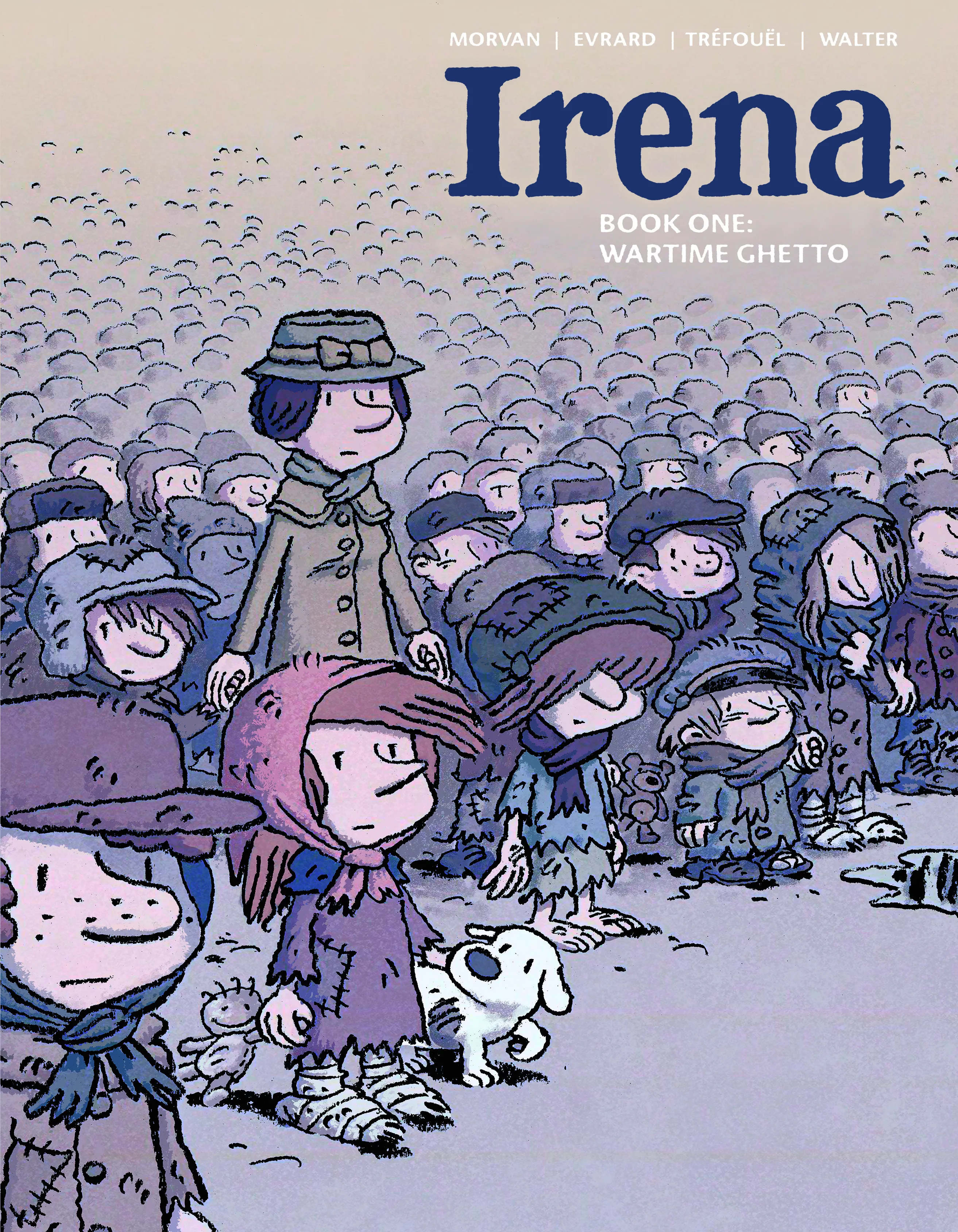
Irena Book One: Wartime Ghetto by Jean-David Morvan, Séverine Tréfouël, and David Evrard
I stumbled upon this graphic novel in a comics bookstore, and it caught my attention because I had never heard of Irena Sendlerowa and I wanted to learn about her.
Sendlerowa is known for saving the lives of 2500 Jewish children, helping them escape the Warsaw Ghetto.
The series contains three titles, the other two being Irena Book Two: Children Of The Ghetto, and Irena Book Three: Life After The Ghetto.
The illustrations and storytelling are amazing, interesting for young readers and adults alike.
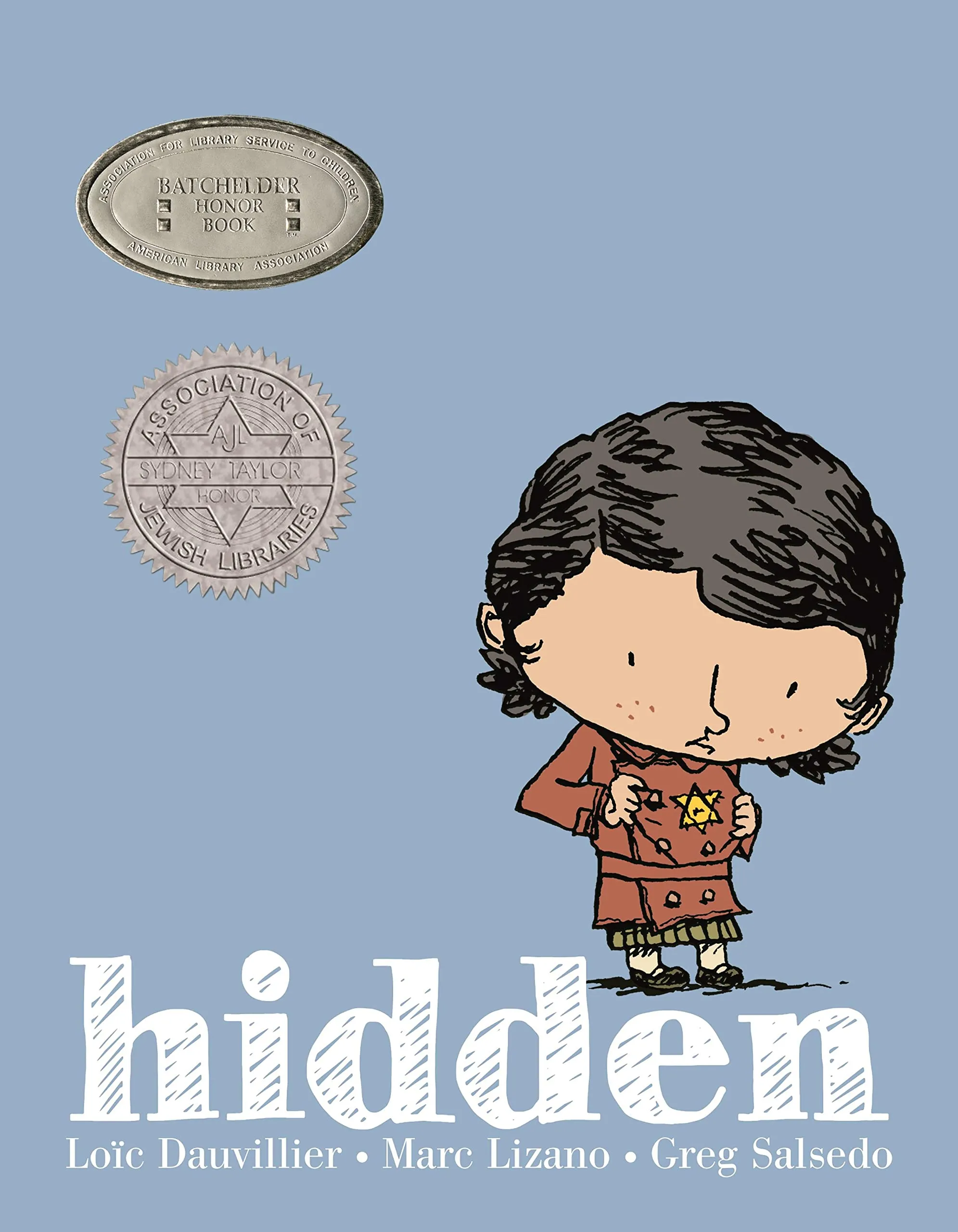
Hidden: A Child’s Story Of The Holocaust by Loic Dauvillier and Marc Lizano
This is a picture book for grades 3 to 6. Grandmother Dounia tells her grandchild about her own childhood, and how neighbours helped by hiding her from the Nazis after her parents were taken to a concentration camp.
The artwork is really pretty, and the narrative poetic, making this story not only about the atrocities of war, but about the relationship between grandparents and grandchildren.
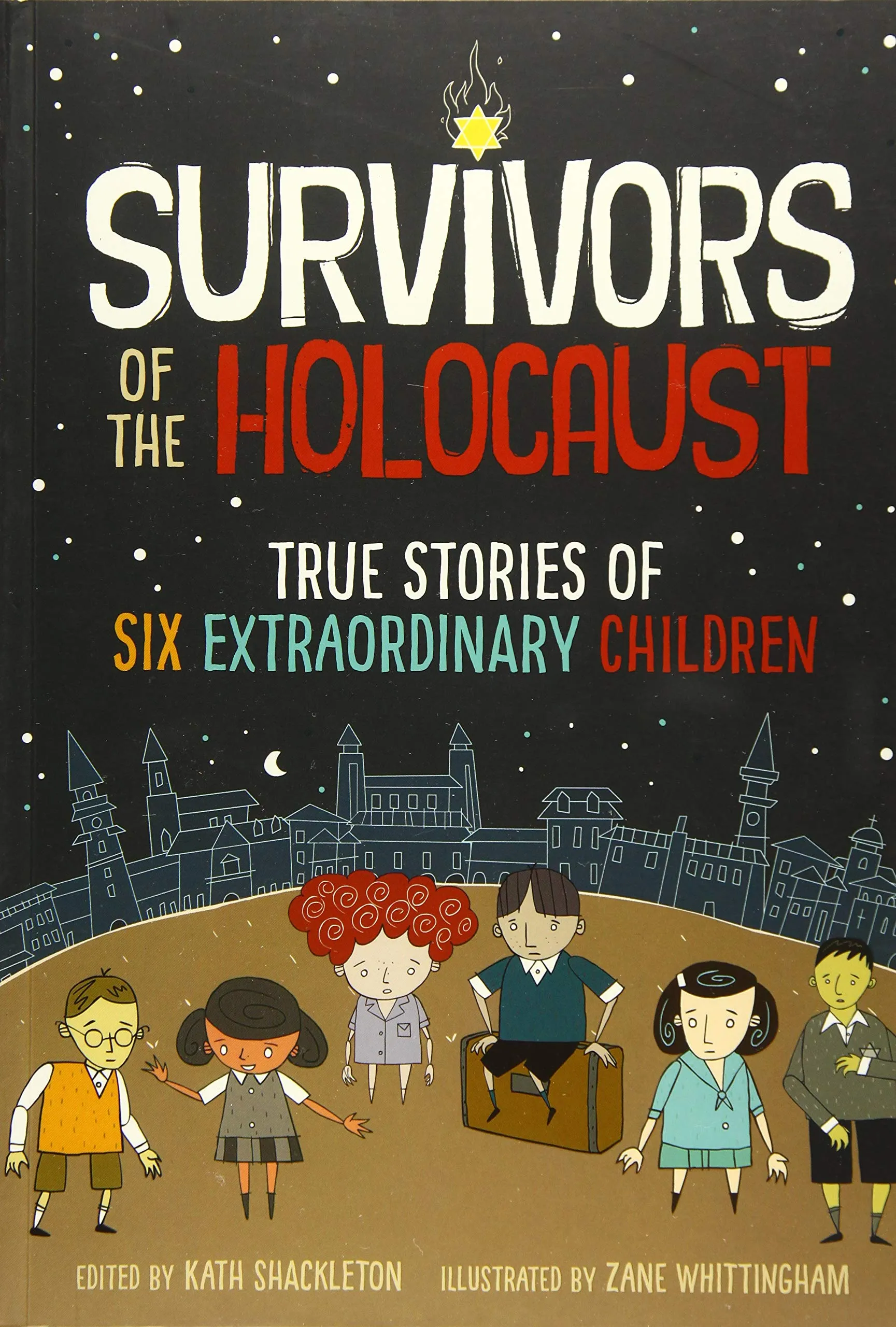
Survivors Of The Holocaust by Kate Shackleton and Zane Whittingham
This graphic novel contains six true stories of Jewish children during the Holocaust, some that were taken to the concentration camp Auschwitz and survived, some that escaped its horrors and ended up amongst the war in France or England.
The graphic novel also contains current updates about each survivor, and a timeline to help younger readers get a deeper understanding of how the war developed.
For ages 10 to 14.
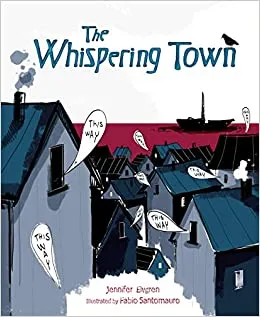
The Whispering Town by Jennifer Elvgreen and Fabio Santomauro
A Jewish woman and her son in Nazi-occupied Denmark are hiding until a boat that can take them to Sweden, which was neutral territory at the time.
Annet’s parents are helping this family of two hide, and when they have to make their way to the harbour to catch the boat, Annet comes up with a plan so they can do it safely.
For ages 7 to 11.
Fiction
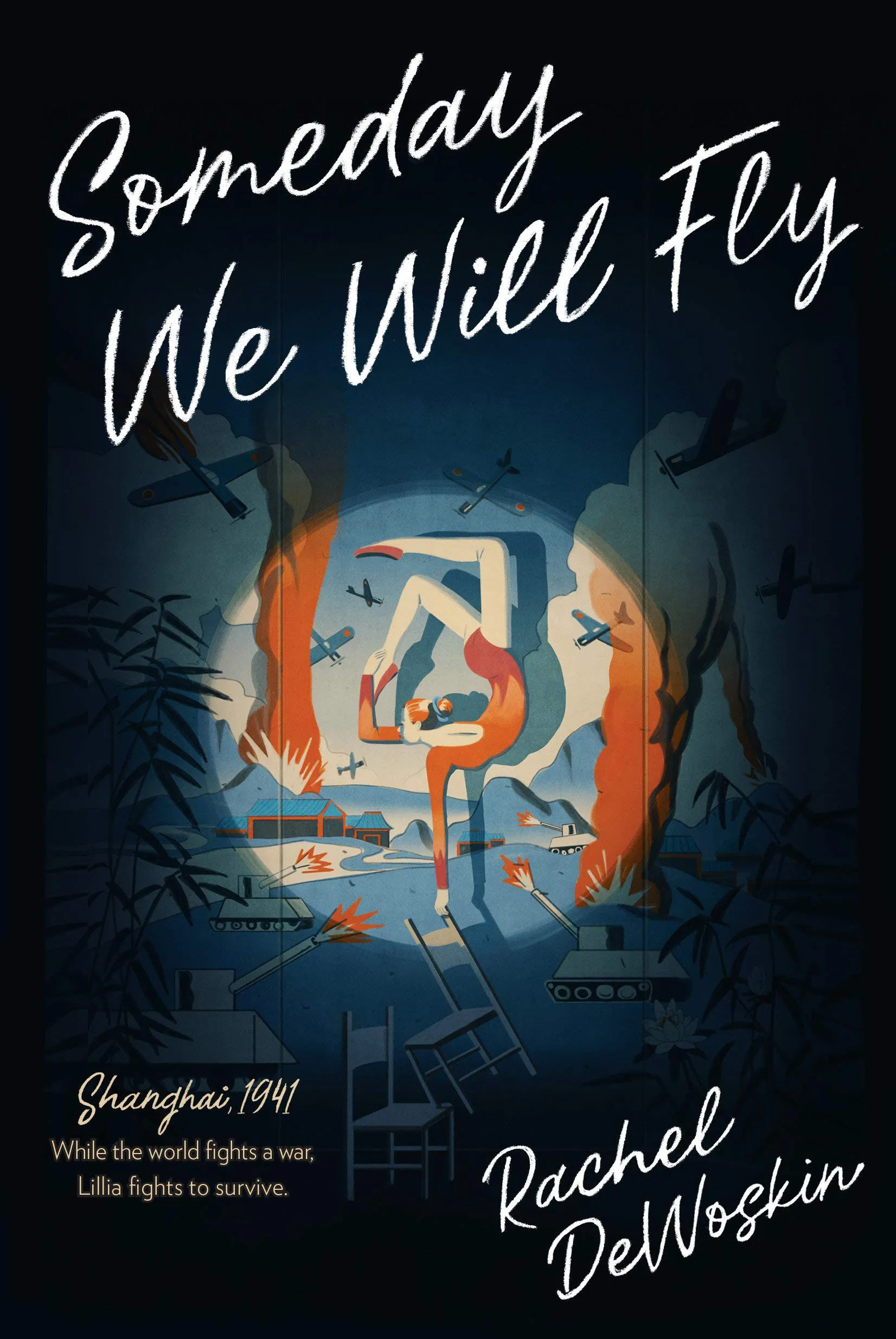
Someday We Will Fly by Rachel DeWoskin
Lilia is 15 when her mother disappears in 1940. With her younger sister and her father, Lilia flees to Shanghai, one of the few places that takes Jewish people without visas.
Once in Shanghai, Lilia struggles with being a good carer for her younger sister, and with finding out where her mother is.
When the Americans threaten war and the Japanese send Jewish people in Shanghai into labour camps, Lilia wonders if they’ll be able to survive this.
For grades 7 to 9.
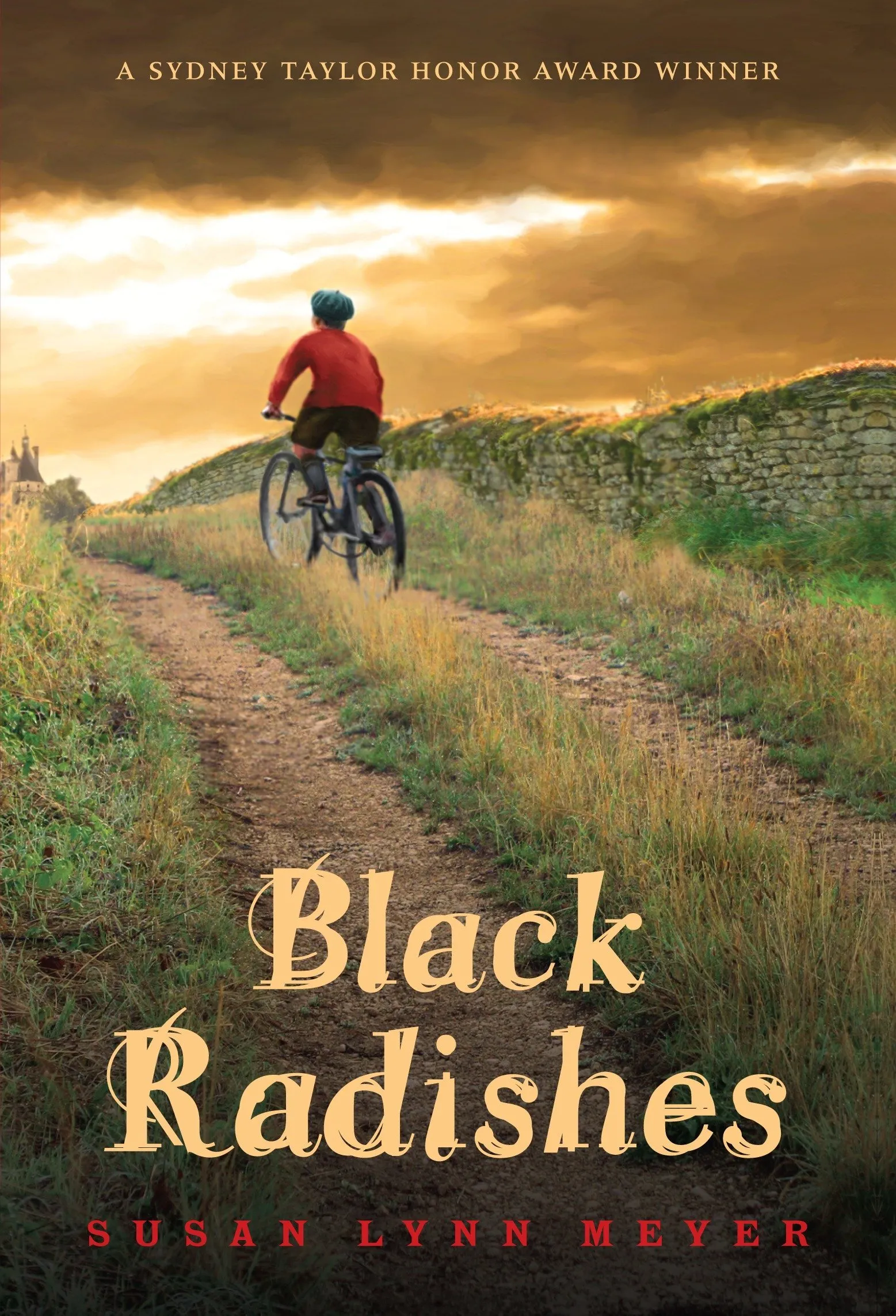
Black Radishes by Susan Lynn Meyer
As Nazis approach France, Gustave’s parents decide it is safer to flee Paris to a small countryside village.
Gustave is forced to leave his best friend and his cousin behind, and as the Nazi forces become stronger and he befriends a girl working with her father for the resistance, they hope to be able to free her, Gustave’s families, and that of his best friend, by escaping to the USA.
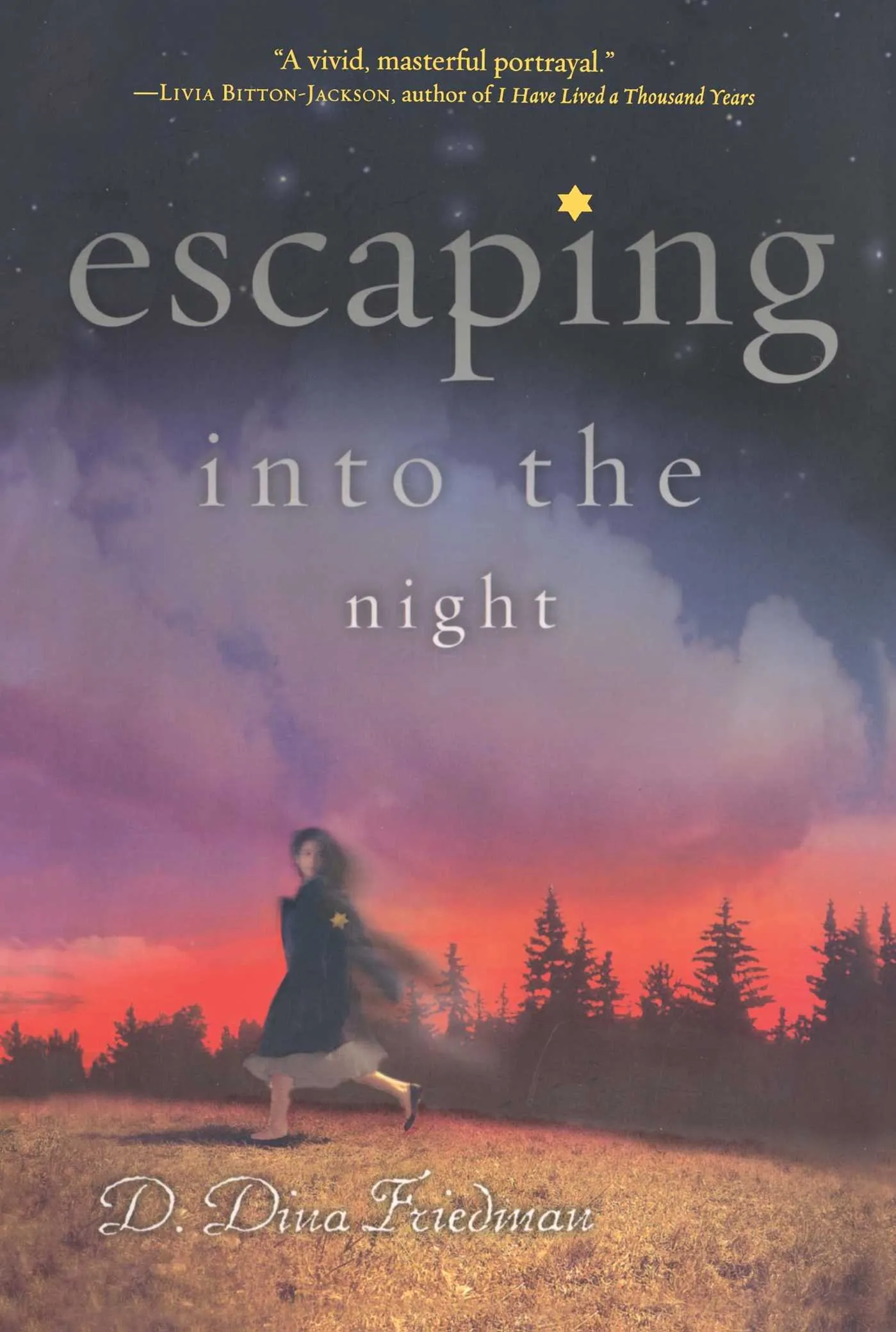
Escaping Into The Night by D. Dina Friedman
Halina has escaped the Polish Ghetto with her friend Batya, but her mother isn’t as lucky.
When the two girls find a secret underground encampment created to protect Jewish people, the reality of life without her mother starts to settle in, and she struggles with both her loss and her current situation.
This story is based on historical events, for ages 10 to 14.
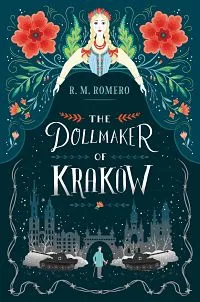
The Dollmaker Of Krakow by R. M. Romero
Karolina, a living doll, finds herself being spirited from The Land Of The Dolls into the house of a doll maker in Krakow, Poland.
Both of them create a relationship, but as Nazis start to fall upon the city, the doll and the doll maker start to look for ways to save their Jewish friends.
For readers between 8 and 10 years, but really, a story for any age.
Nonfiction
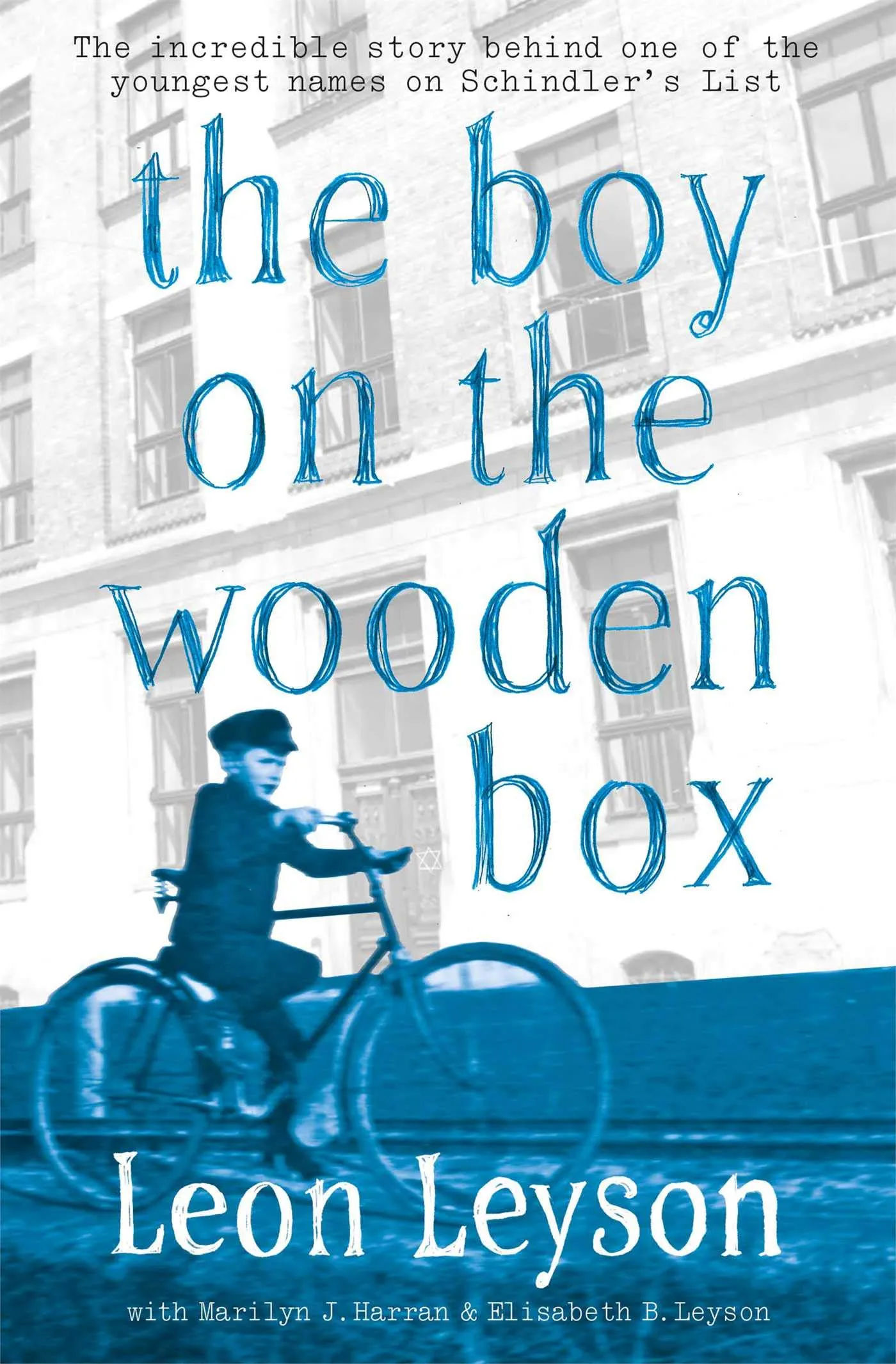
The Boy On The Wooden Box by Leon Layson
This is a true account by one of the survivors saved by Oskar Schindler, of the book and well-known movie Schindler’s List.
At 10 years old, Leon and his family were forced to relocate to the ghetto in Krakow, eventually being put on the factory list of the man who saved so many.
This book is the only memoir published by one of Schindler’s survivors, for ages 9 to 14.

Escaping The Nazis On The Kindertransport by Emma Carlson Berne
Several Jewish children saved from the Nazis and taken to the United Kingdom tell their stories in this collection.
The book contains memoir pieces, poems, and photographs, and is recommended for kids from 9 to 12.
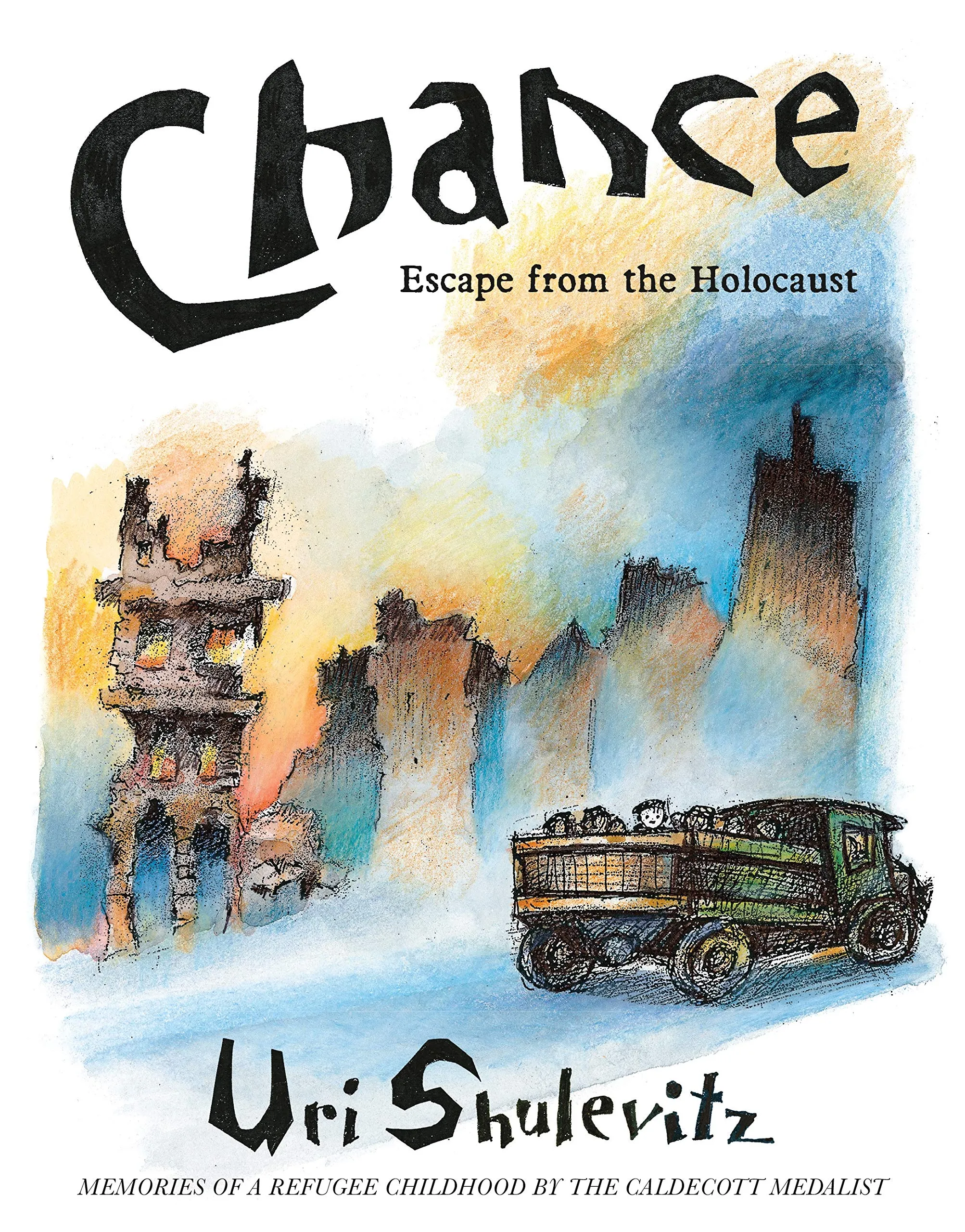
Chance: Escape From The Holocaust: Memories Of A Refugee Childhood by Uri Shulevitz
Although this is not a graphic novel, the book contains carefully crafted illustrations that help bring the story to life.
It recounts the true tale of how the author and his family fled from Warsaw to the Soviet Union during the Nazi prosecution.
For grade levels 4 to 6.
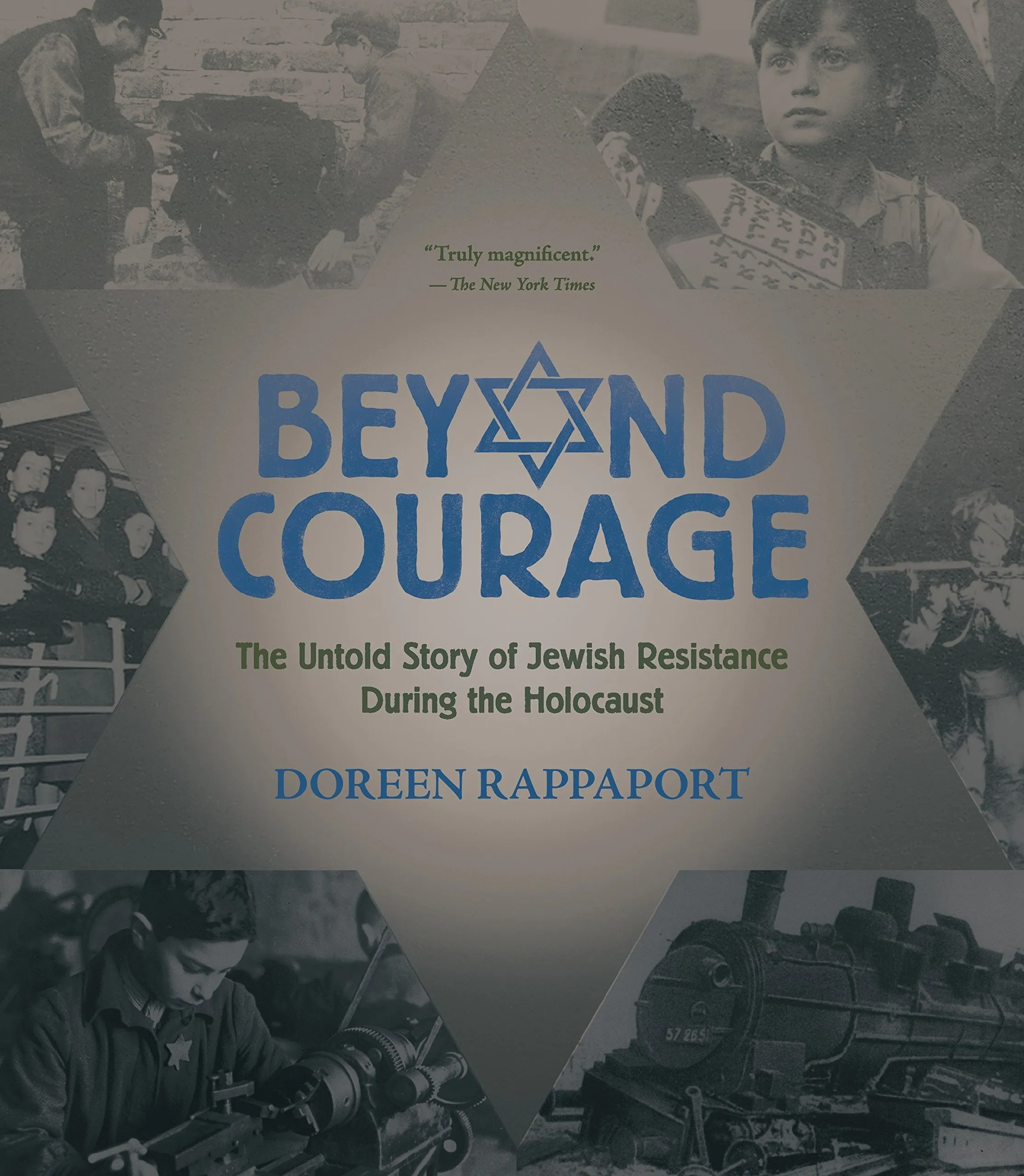
Beyond Courage: The Untold Story of Jewish Resistance During the Holocaust by Doreen Rappaport
This book contains an array of stories of escape, 21 in total, about how Jewish people helped each other during the war, trying to escape to safer places, in several countries.
Not only is the book an amazing account of Jewish stories, it contains a lot of important information and sources pertinent to the Holocaust, including pronunciation guide and maps.
For ages 10 to 15.
During my research for this article I encountered several books written by Jewish people of colour, and queer Jewish authors, but the middle grade books available out there are mostly works by white authors.
A note on a book that is often used to educate about the Holocaust for this age group, The Boy In The Striped Pyjamas: the Auschwitz-Birkenau Holocaust memorial museum has spoken out how harmful the representation of the Holocaust in this book is, even though it is still often included in recommended reading lists and even in school curricula. Boyne is actually writing a sequel to this book, so it is making the rounds once again, another reason why I think it is important to bring this issue up.
To better understand why this book is harmful and should be avoided, you can read this article.
If you’re looking for more Jewish books for kids, including ones that aren’t about the Holocaust, here are some lists we think you’ll like:



